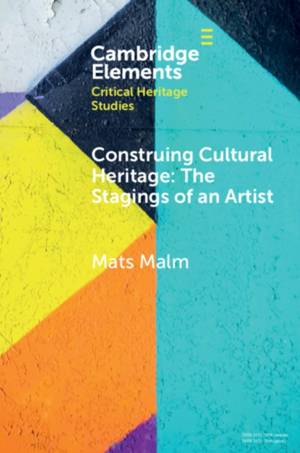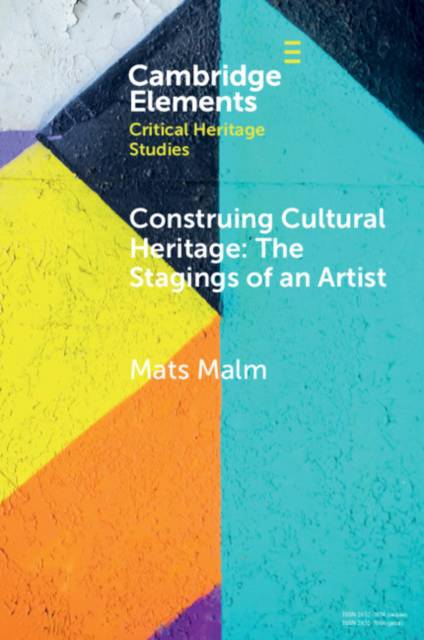
- Afhalen na 1 uur in een winkel met voorraad
- Gratis thuislevering in België vanaf € 30
- Ruim aanbod met 7 miljoen producten
- Afhalen na 1 uur in een winkel met voorraad
- Gratis thuislevering in België vanaf € 30
- Ruim aanbod met 7 miljoen producten
Zoeken
Omschrijving
This study examines how an artist construed himself as cultural heritage by the turn of the 19th century, how this heritage was further construed after his death, and how the artworks can be made to further new approaches and insights through a digital archive (aroseniusarchive.se). The study employs the concept of 'staging' to capture the means used by the artist, as well as by reception, in this construal. The question of 'staging' involves not only how the artist has been called forth from the archives, but also how the artist can be called forth in new ways today through digitization. The study first elaborates on the theoretical framework through the aspects of mediation and agency, then explores how the artist was staged after his death. Finally, the artist's own means of staging himself are explored. Swedish painter Ivar Arosenius (1878-1909) is the case studied.
Specificaties
Betrokkenen
- Auteur(s):
- Uitgeverij:
Inhoud
- Aantal bladzijden:
- 75
- Taal:
- Engels
- Reeks:
Eigenschappen
- Productcode (EAN):
- 9781108794503
- Verschijningsdatum:
- 10/06/2021
- Uitvoering:
- Paperback
- Formaat:
- Trade paperback (VS)
- Afmetingen:
- 152 mm x 229 mm
- Gewicht:
- 136 g

Alleen bij Standaard Boekhandel
+ 63 punten op je klantenkaart van Standaard Boekhandel
Beoordelingen
We publiceren alleen reviews die voldoen aan de voorwaarden voor reviews. Bekijk onze voorwaarden voor reviews.











